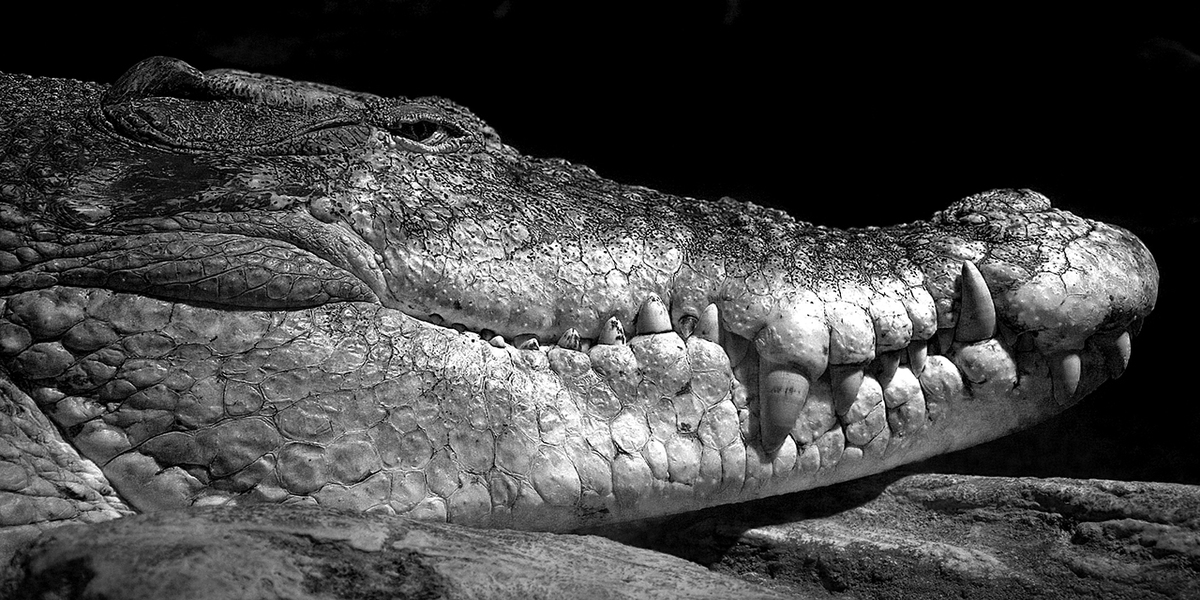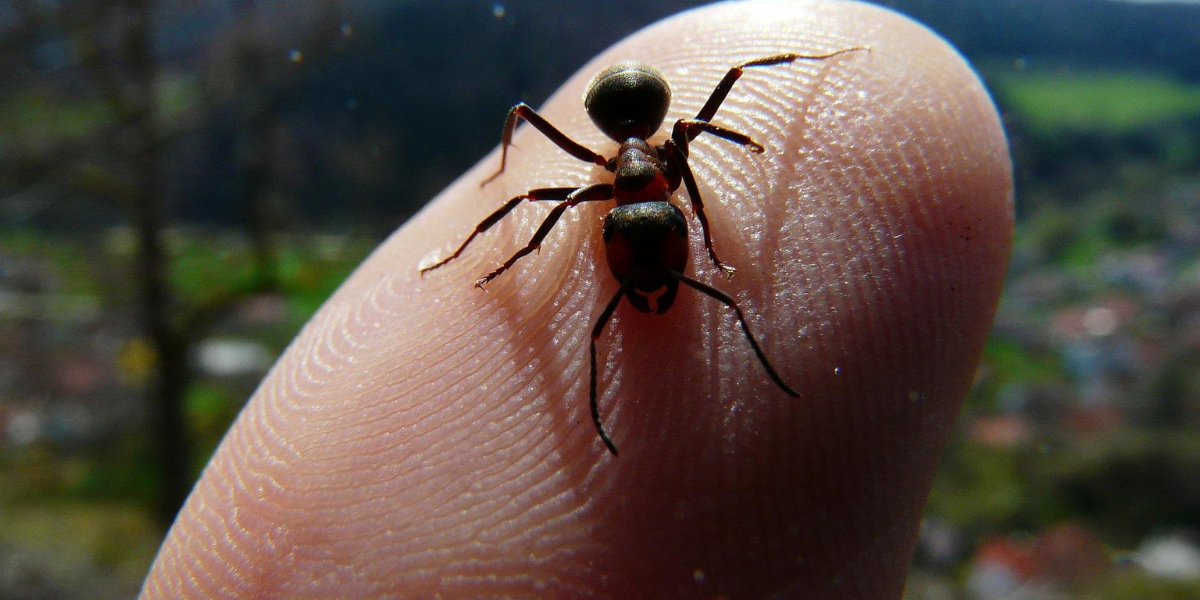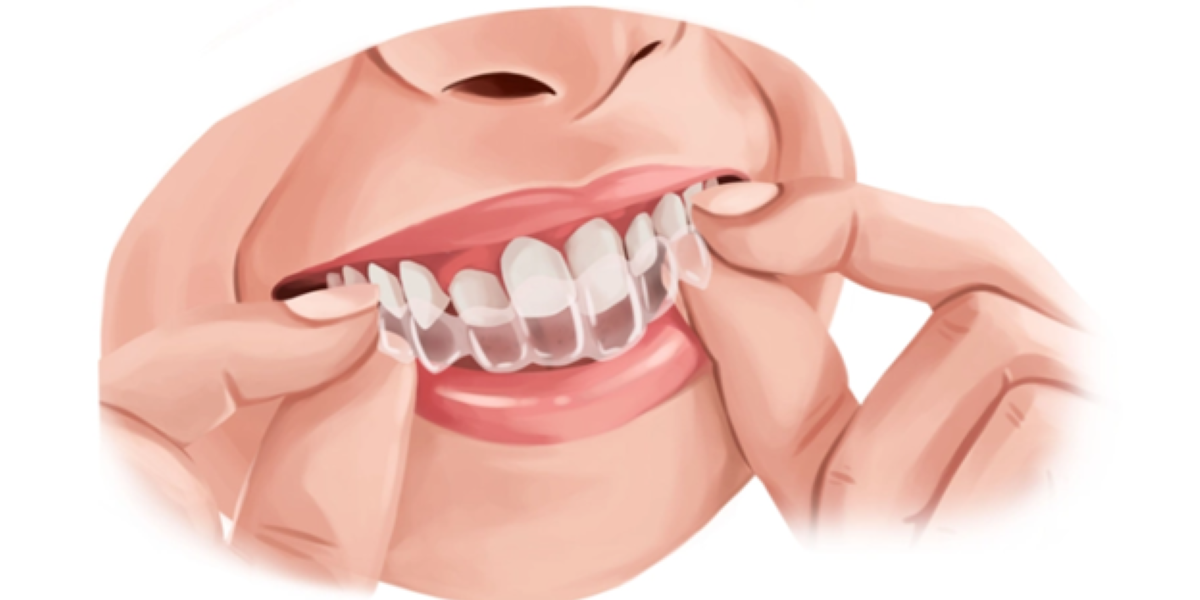Crocodiles have been an apex predator since the age of the dinosaurs, and there is no questioning what is keeping them at the top of the food chain: their jaws. A crocodile’s jaw is capable of snapping shut on their prey with extremely large forces. In fact, the American Saltwater Crocodile’s bite force is the strongest of all measured animals on the planet, weighing in at 3,700psi!
The question is: what attribute of the crocodile contributes most to this bite force?
Continue reading “Colossal Predators: What does a Crocodile’s Bite Force and Jaw Shape say about its Diet?”




